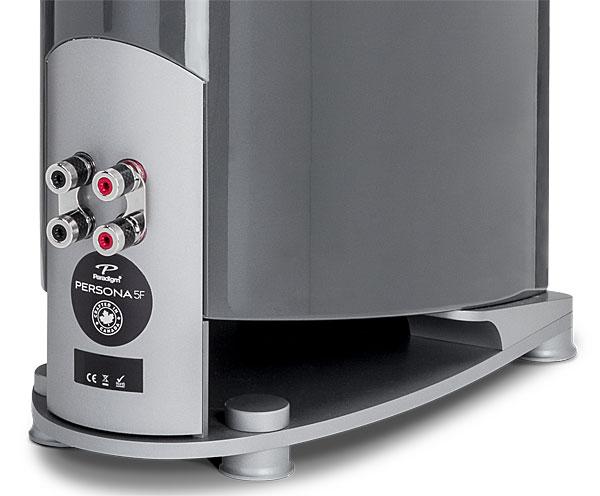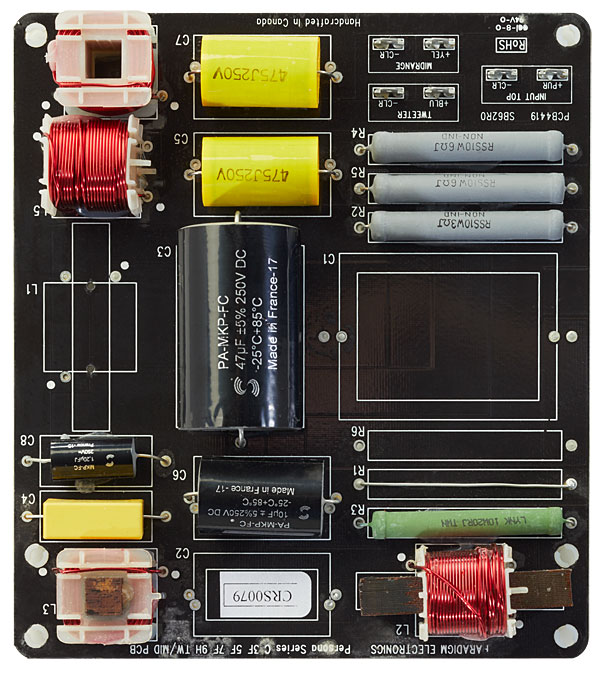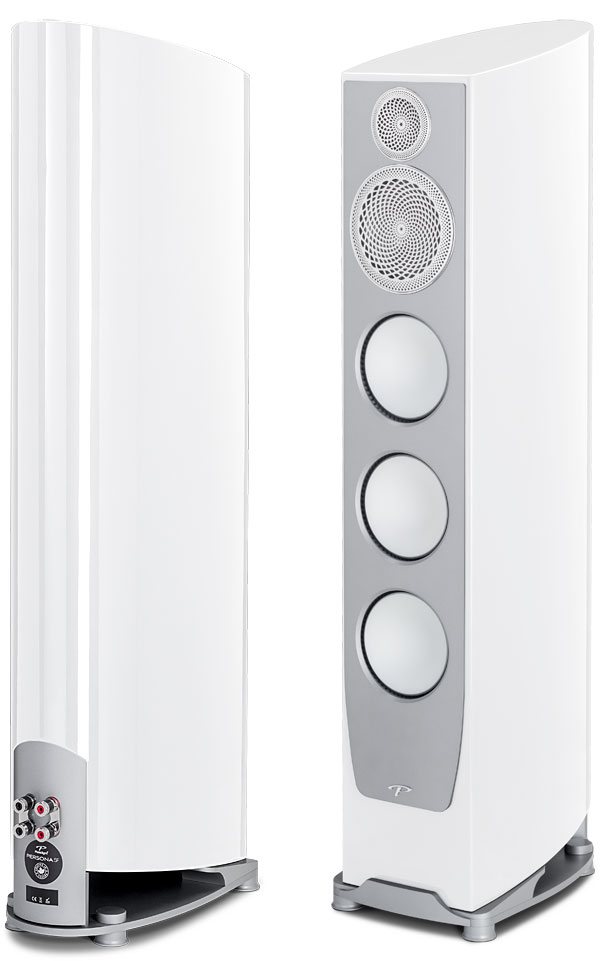| Columns Retired Columns & Blogs |
Excellent! Your impressions reflect exactly mine about the 3F. Considering that Paradigm only rates low frequency extension to be 1Hz deeper with the 5F over the 3F, I'm wondering under what circumstances it would behoove someone to pony up the extra dollars for the 5F.











































